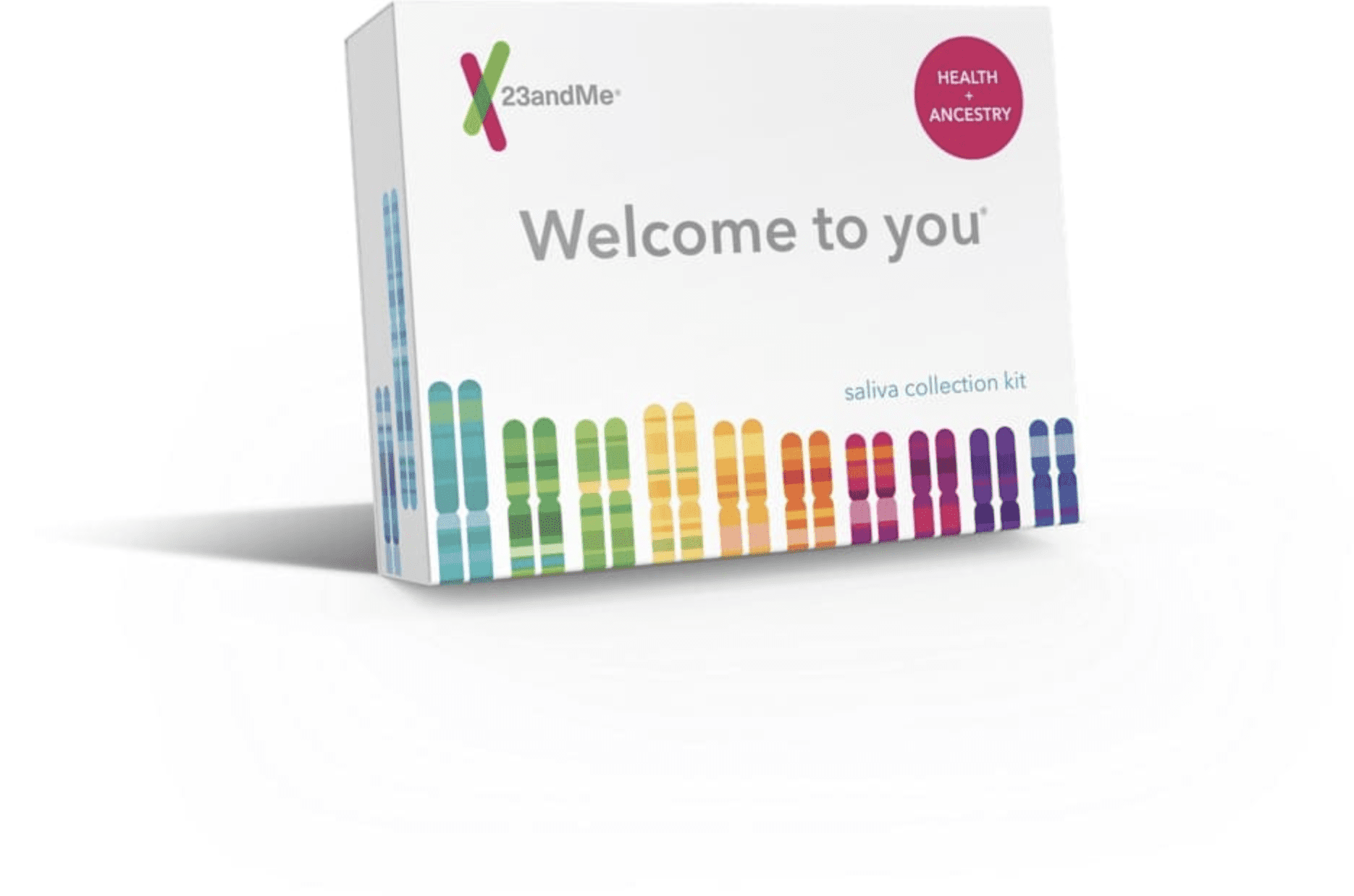Is Celiac Disease Genetic?Explore Celiac Disease and what your DNA can tell you
What is celiac disease?
Celiac disease is an autoimmune condition in which the consumption of gluten (found in wheat, barley, and rye) can result in damage to the small intestine. When the body encounters gluten, it has an inappropriate immune reaction and attacks its own cells. Celiac disease can develop anytime from infancy to adulthood. In people with celiac disease, symptoms occur after consuming gluten. These symptoms can include both digestive and non-digestive problems such as diarrhea, gas, tiredness, and headaches.
Is celiac disease genetic?
Genetics play a role in celiac disease. Variants (differences) in two genes can influence the risk of developing celiac disease. These genes are called HLA-DQA1 and HLA-DQB1, and they help the immune system respond to invaders such as viruses and bacteria.

Other factors that may cause an increased likelihood of celiac disease
- In people with a genetic predisposition for celiac disease, consuming gluten can trigger an immune response that attacks the lining of the small intestine.
- Parents, siblings, and children of an individual diagnosed with celiac disease have a higher chance of developing the condition themselves.
- People with certain health conditions, such as Down syndrome or type 1 diabetes, are more likely to develop celiac disease.
Consult with a healthcare professional before making any major lifestyle changes.
Did you know?
About 1 in 100 people worldwide has celiac disease.
How celiac disease is treated
This autoimmune disease can be effectively treated by removing all sources of gluten from the diet. This includes foods and drinks made with wheat, barley, and rye.
Consult with a healthcare professional before making any major lifestyle changes.
Find out if your genetics might increase your likelihood of developing Celiac Disease
Curious to learn more? You can see whether you may have a slightly increased risk of developing celiac disease based on your genetics in the 23andMe Celiac Disease Genetic Health Risk report.* 23andMe looks at two common variants associated with celiac disease. The Celiac Disease Genetic Health Risk report is available through the 23andMe Health + Ancestry Service.

Health + Ancestry Service
*The 23andMe PGS test uses qualitative genotyping to detect select clinically relevant variants in the genomic DNA of adults from saliva for the purpose of reporting and interpreting genetic health risks. It is not intended to diagnose any disease. Your ethnicity may affect the relevance of each report and how your genetic health risk results are interpreted. Each genetic health risk report describes if a person has variants associated with a higher risk of developing a disease, but does not describe a person’s overall risk of developing the disease. The test is not intended to tell you anything about your current state of health, or to be used to make medical decisions, including whether or not you should take a medication, how much of a medication you should take, or determine any treatment. The Celiac Disease genetic health risk report (i) is indicated for reporting of the rs2187668 variant in the HLA-DQA1 gene, which tags the HLA-DQ2.5 haplotype, and the rs7454108 variant near the HLA-DQB1 gene, which tags the HLA-DQ8 haplotype and (ii) describes if a person has variants associated with a higher risk of developing celiac disease. The variants included in this report are common in many ethnicities, but are best studied in people of European descent.
References
Mayo Clinic. (2019) “Celiac Disease.” Retrieved February 11, 2019, from https://www.mayoclinic.org/diseases-conditions/celiac-disease/symptoms-causes/syc-20352220
Megiorni F et al. (2009). “HLA-DQ and risk gradient for celiac disease.” Hum Immunol. 70(1):55-9.
National Institute of Diabetes and Digestive and Kidney Diseases. “Celiac Disease.” Retrieved February 11, 2019, from https://www.niddk.nih.gov/health-information/digestive-diseases/celiac-disease.
Taylor AK et al. (2008). “Celiac Disease.” [Updated 2015 Sep 17].
U.S. National Library of Medicine. (2018). “Celiac Disease.” Genetics Home Reference.